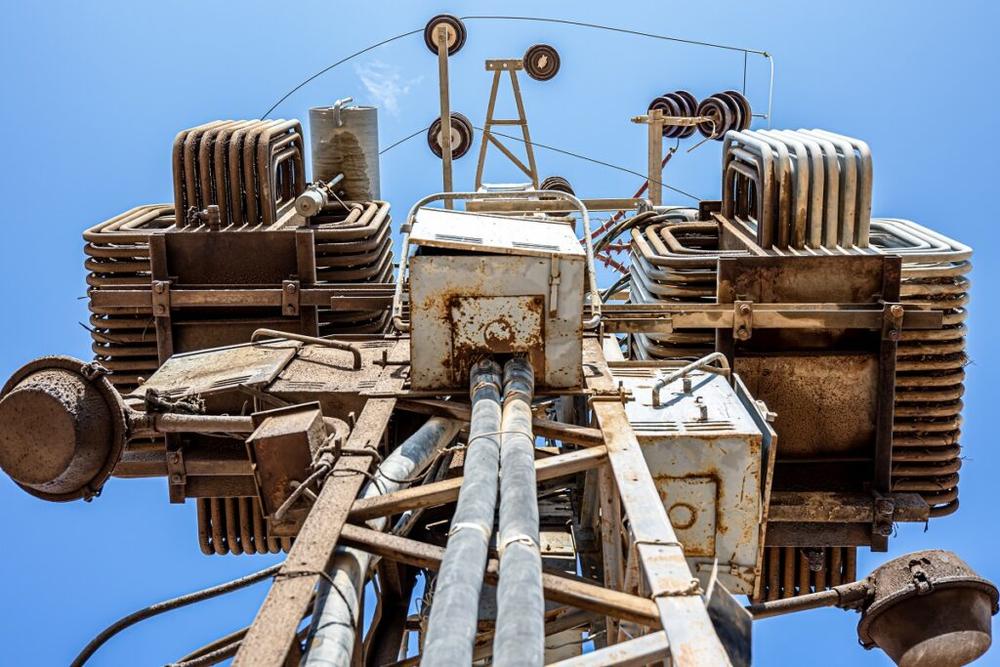Current transformers are essential electrical devices used for measuring and monitoring the current on these high-voltage power systems. They allow one to safely and accurately measure electrical currents without getting to deadly levels of electricity.
In practical instances, current transformers are a crucial link in an industrial or commercial application when it comes time for metering, protection, or control.
This article discusses the definition and operation of current transformers and their applications in and around an electrical power system.
What is a Current Transformer (CT)?
The current transformer is an instrument transformer that measures the current flowing through a primary conductor by proportionating its output to the secondary winding. Essentially, it steps down high current levels to a safer, measurable value that can be monitored through ammeters, protective relays, and the like.
CTs are often used in conjunction with protective relays to detect malfunctions that could be due to overloads, short-circuits or ground faults in an electrical network. Moreover, CTs are used in electricity metering to ensure that accurate power consumption is readied for billing purposes.
How Does a Current Transformer Work?
A current transformer works quite like any transformer on electromagnetic induction. But here, the purpose of bringing down voltage and current as found in the usual transformers gives way mainly to the purpose of bringing down only current, in the case of the a.c. Transformers.
Basic Operation
The whole primary winding of the CT is conducting and carrying the current to be measured. Often, the conductor is just a single copper wire running through the core of the transformer. This effectively forms the primary circuit, and the current going through the primary is responsible for creating a magnetic field.
Magnetic Field Generation
In the primary winding, the energy in the wire creates an encircling magnetic field; that magnetic field is wound through the iron or ferrites used to make the core.
Inducing Current in the Secondary Winding
For the CT, the secondary is provided from copper wire, wrapped around the core and placed extremely closely with the side of the primary current carrier’s influence with the magnetic property.
This induces a current into the secondary winding, which is proportional to the change of the induced magnetic flux, according to Faraday’s laws of induction, which is controlled by the number of turns and which finally denotes the current ratio between the primary and secondary circuits in the CT system.
Proportional Current Output
The current in the secondary winding is logically reduced with respect to that in the primary winding. The ratio of primary to secondary currents is known by the Turns Ratio of the CT, which is essentially given in N:1 (e.g., 100:5). This means the CT will emit 5 amperes in the secondary winding for each 1000 A current that is established in the primary circuit.
Measurement and Protection
The secondary current received then can be measured by different meters, ammeters, or operated by relay devices set up for protective purposes on the operator’s reviews and decisions. This current is mostly used for metering purposes or even to trigger protection systems like the activation of alarms in case of any fault.
Applications of Current Transformers
Energy Metering and Billing:
In commercial and industrial applications, CTs are used to measure electrical consumption accurately for billing purposes. They allow utilities to calculate energy usage based on the current flowing through the system, ensuring customers are charged correctly.
Protection Systems:
CTs are integral components of protection relays, which protect electrical equipment from overload and faults. By providing current data in real-time, CTs help to diagnose and locate problems such as short circuits or ground faults in the line. The system can isolate fault section(s) until the faulty equipment is disconnected and the damage is avoided.
Monitoring and Control:
In industrial and power generation settings, CTs are used in EMS (energy management system) to provide a flow of current and detection of abnormal conditions. By sitting within the control systems, these CTs assure efficient and appropriate energy resource management, improved system performance, and improved operational efficiency.
Conclusion
The current transformer is one of the most crucial elements in any electrical system, allowing for the accurate and safe measurement of current. Hence, by stepping down the high currents through electromagnetic induction into those that can be safely managed, the CT performs a vital role.
Providing a CT with the power to ensure that we run an electrical system efficiently and safely is for reasons of energy metering, protection, and monitoring. In today’s electrical networks, the CT is needed whether for metering electrical energy consumed, taking care of equipment-related shortcomings, or monitoring energy flows.
Feel free to contact IT Company Ahmedabad for your Current Transformers Business Branding Services in India.


